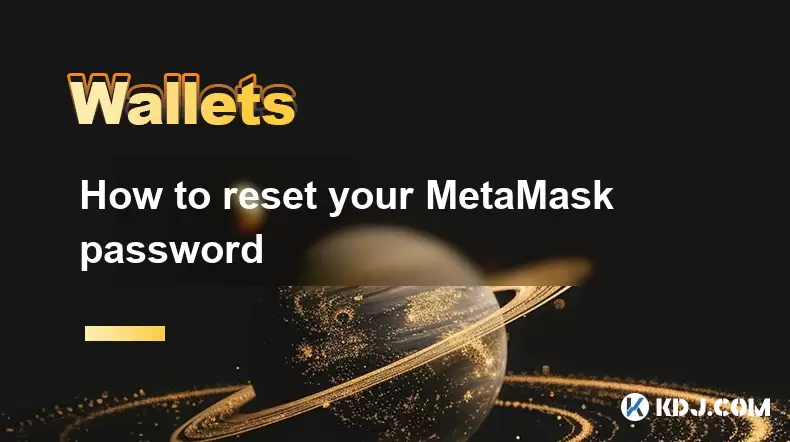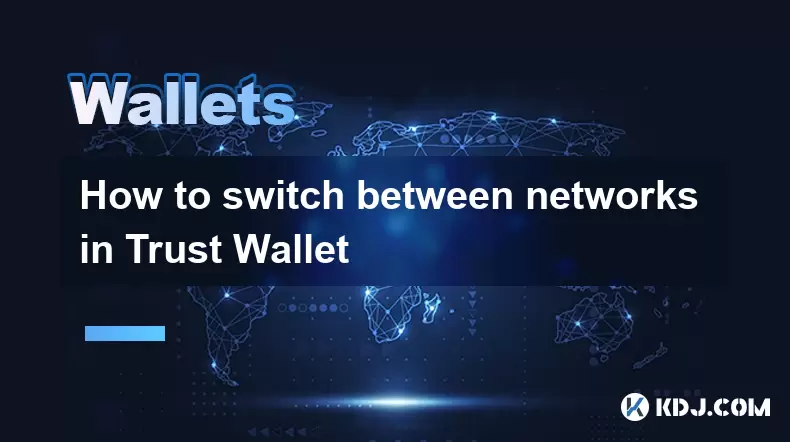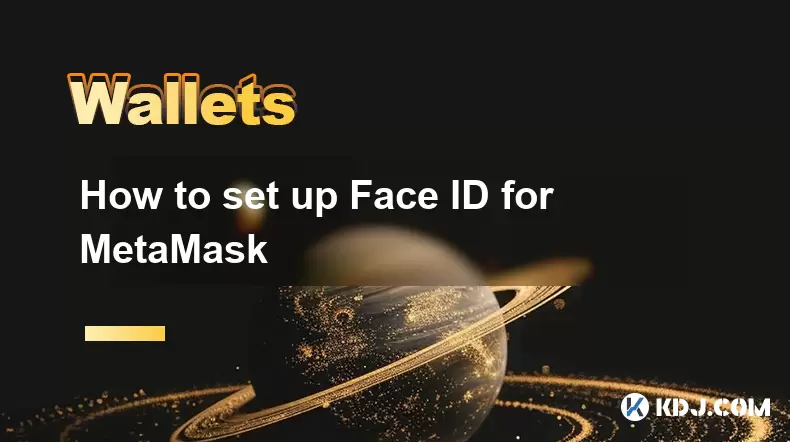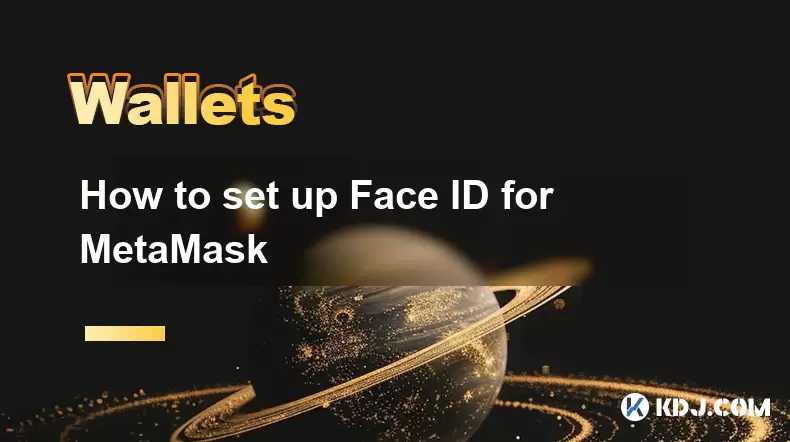-
 Bitcoin
Bitcoin $119000
-2.21% -
 Ethereum
Ethereum $4315
1.01% -
 XRP
XRP $3.151
-3.11% -
 Tether USDt
Tether USDt $0.0000
0.00% -
 BNB
BNB $808.5
-0.71% -
 Solana
Solana $175.8
-4.21% -
 USDC
USDC $0.9999
0.00% -
 Dogecoin
Dogecoin $0.2250
-3.92% -
 TRON
TRON $0.3469
1.77% -
 Cardano
Cardano $0.7818
-3.81% -
 Chainlink
Chainlink $21.47
-2.10% -
 Hyperliquid
Hyperliquid $43.30
-6.81% -
 Stellar
Stellar $0.4370
-2.84% -
 Sui
Sui $3.682
-4.40% -
 Bitcoin Cash
Bitcoin Cash $590.8
2.67% -
 Hedera
Hedera $0.2484
-5.20% -
 Ethena USDe
Ethena USDe $1.001
0.00% -
 Avalanche
Avalanche $23.10
-4.29% -
 Litecoin
Litecoin $119.2
-3.96% -
 Toncoin
Toncoin $3.409
0.90% -
 UNUS SED LEO
UNUS SED LEO $9.016
-1.29% -
 Shiba Inu
Shiba Inu $0.00001304
-3.82% -
 Uniswap
Uniswap $11.18
1.33% -
 Polkadot
Polkadot $3.913
-3.51% -
 Cronos
Cronos $0.1672
-3.08% -
 Dai
Dai $1.000
0.02% -
 Ethena
Ethena $0.7899
-4.70% -
 Bitget Token
Bitget Token $4.400
-1.23% -
 Pepe
Pepe $0.00001132
-5.93% -
 Monero
Monero $257.9
-6.44%
How to set the initial password of SafePal S1?
The SafePal S1's initial password setup is crucial for security; choose a strong, unique password and never share it to protect your cryptocurrency assets.
Mar 29, 2025 at 03:35 pm

Understanding SafePal S1 Security
The SafePal S1 hardware wallet prioritizes security. Its initial password setup is crucial for protecting your cryptocurrency assets. This process involves creating a strong, unique password that only you know. Never share this password with anyone, under any circumstances. Compromising your password grants access to your wallet and its contents. Remember, this password is different from your recovery phrase; losing either compromises your funds.
The SafePal S1 Initial Password Setup Process
The SafePal S1's initial password setup is straightforward but demands careful attention to detail. The device guides you through the process upon initial activation. This password is essential for daily access to your wallet.
Power on your SafePal S1: Press and hold the power button until the screen illuminates.
Navigate to the settings menu: Use the directional buttons to find and select the "Settings" option. The exact menu navigation may vary slightly depending on the firmware version.
Locate the "Password" or "Security" section: This section will allow you to set up your initial password. The wording may differ slightly based on firmware updates.
Enter your desired password: You will be prompted to enter a password. Choose a strong password, combining uppercase and lowercase letters, numbers, and symbols. Avoid easily guessable passwords like birthdays or common words.
Confirm your password: The device will ask you to re-enter your password to confirm accuracy. Ensure both entries match exactly.
Password Strength Indication: The device may provide a password strength indicator. Aim for the highest strength rating possible before proceeding.
Password Saved: Once confirmed, your password will be saved. Remember this password; without it, you cannot access your wallet. Consider writing it down and storing it securely in a separate, safe location. Do not store it digitally on your computer or phone.
Understanding the Difference Between Password and Recovery Phrase
It's vital to understand the distinction between your SafePal S1 password and your recovery phrase.
Your password protects your daily access to the wallet. Losing your password requires a factory reset, potentially involving your recovery phrase.
Your recovery phrase (seed phrase) is a list of words that acts as a backup. This phrase grants complete access to your cryptocurrency assets. Losing your recovery phrase is equivalent to losing your funds. Never share it with anyone, and store it securely offline. The recovery phrase is only used in extreme cases, such as a lost or damaged device.
SafePal S1 Password Security Best Practices
Implementing robust security measures is crucial. Consider these best practices:
Use a unique password: Never reuse this password for any other accounts.
Choose a complex password: Incorporate a mix of uppercase and lowercase letters, numbers, and symbols.
Avoid predictable passwords: Don't use birthdays, names, or easily guessable information.
Regularly update your password: Change your password periodically to enhance security. This is good practice for all online accounts.
Store your password securely: Write it down on paper and keep it in a safe, offline location. Never store it digitally.
Be cautious of phishing attempts: Never enter your password on untrusted websites or respond to suspicious emails.
Troubleshooting Password Issues
If you encounter difficulties during the password setup process, consult SafePal's official support documentation or contact their customer service. They can provide assistance with troubleshooting specific issues. Never attempt to bypass security measures or use unofficial methods.
Frequently Asked Questions
Q: What happens if I forget my SafePal S1 password?
A: If you forget your password, you will need to use your recovery phrase to regain access. This process involves a factory reset, essentially wiping the wallet and restoring it using your seed phrase.
Q: Is my SafePal S1 password the same as my recovery phrase?
A: No, they are different. Your password protects daily access, while your recovery phrase is the ultimate backup for your funds. Losing your recovery phrase is irreversible.
Q: How long should my SafePal S1 password be?
A: While there's no specific length requirement, aim for at least 12 characters to ensure sufficient complexity and resistance to brute-force attacks.
Q: Can I use the same password for multiple wallets?
A: No, absolutely not. Using the same password for multiple wallets significantly weakens your security. If one wallet is compromised, all others using the same password are at risk.
Q: What should I do if I suspect my SafePal S1 password has been compromised?
A: Immediately change your password and review your transaction history. If you suspect unauthorized access, contact SafePal support and consider reporting the incident to relevant authorities. You should also change your recovery phrase if you are concerned about its security.
Q: Where can I find more information about SafePal S1 security?
A: Refer to SafePal's official website and documentation for comprehensive information on security best practices and troubleshooting. They often provide updated guides and FAQs.
Disclaimer:info@kdj.com
The information provided is not trading advice. kdj.com does not assume any responsibility for any investments made based on the information provided in this article. Cryptocurrencies are highly volatile and it is highly recommended that you invest with caution after thorough research!
If you believe that the content used on this website infringes your copyright, please contact us immediately (info@kdj.com) and we will delete it promptly.
- Bitcoin, CPI, and Market Fears: Navigating the Crypto Landscape
- 2025-08-12 15:10:13
- BTC Traders Eye ETH Targets as CPI Looms: A New York Minute
- 2025-08-12 15:10:13
- Ethereum, Cold Wallets, and Presales: What's Hot Now?
- 2025-08-12 15:30:12
- Bitcoin, XRP, and Monetary Alternatives: Navigating the Crypto Landscape in 2025
- 2025-08-12 15:30:12
- XRP Breakout Watch: Institutional Volume Signals Potential Surge
- 2025-08-12 15:35:19
- XRP, Market Cap, and Institutional Adoption: A New Era for Crypto?
- 2025-08-12 15:35:19
Related knowledge

How to manage your portfolio in Exodus wallet
Aug 08,2025 at 10:07pm
Understanding the Exodus Wallet InterfaceThe Exodus wallet is a non-custodial cryptocurrency wallet that supports a wide range of digital assets. When...

How to reset your MetaMask password
Aug 08,2025 at 01:28pm
Understanding the MetaMask Password Reset ProcessMany users confuse the MetaMask password with the seed phrase or private key, but they serve differen...

How to buy Dogecoin on MetaMask
Aug 08,2025 at 03:42am
Understanding Dogecoin and MetaMask CompatibilityDogecoin (DOGE) is a popular meme-based cryptocurrency that operates on its own blockchain, originall...

How to switch between networks in Trust Wallet
Aug 09,2025 at 11:07am
Understanding Network Switching in Trust WalletSwitching between networks in Trust Wallet allows users to manage assets across different blockchains, ...

How to set up Face ID for MetaMask
Aug 12,2025 at 02:42am
Understanding Face ID and Its Role in MetaMask SecurityMetaMask is a widely used cryptocurrency wallet that allows users to interact with the Ethereum...

How to set up Face ID for MetaMask
Aug 11,2025 at 09:28am
Understanding Face ID and Its Role in MetaMask SecurityFace ID is a biometric authentication system developed by Apple that uses facial recognition to...

How to manage your portfolio in Exodus wallet
Aug 08,2025 at 10:07pm
Understanding the Exodus Wallet InterfaceThe Exodus wallet is a non-custodial cryptocurrency wallet that supports a wide range of digital assets. When...

How to reset your MetaMask password
Aug 08,2025 at 01:28pm
Understanding the MetaMask Password Reset ProcessMany users confuse the MetaMask password with the seed phrase or private key, but they serve differen...

How to buy Dogecoin on MetaMask
Aug 08,2025 at 03:42am
Understanding Dogecoin and MetaMask CompatibilityDogecoin (DOGE) is a popular meme-based cryptocurrency that operates on its own blockchain, originall...

How to switch between networks in Trust Wallet
Aug 09,2025 at 11:07am
Understanding Network Switching in Trust WalletSwitching between networks in Trust Wallet allows users to manage assets across different blockchains, ...

How to set up Face ID for MetaMask
Aug 12,2025 at 02:42am
Understanding Face ID and Its Role in MetaMask SecurityMetaMask is a widely used cryptocurrency wallet that allows users to interact with the Ethereum...

How to set up Face ID for MetaMask
Aug 11,2025 at 09:28am
Understanding Face ID and Its Role in MetaMask SecurityFace ID is a biometric authentication system developed by Apple that uses facial recognition to...
See all articles

























































































